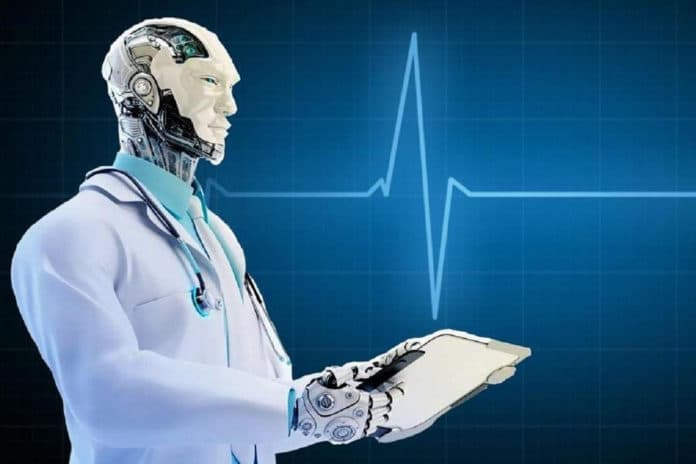Scientists at the Dana-Farber Cancer Institute demonstrated that deep learning model can identify cancer using radiology reports and that too in a fraction of time. The new AI tool performed comparably to the trained human curators in detecting the presence of cancer; and whether it was responding to treatment interventions, stable or worsening.
For their study, the team trained the model on more than 14000 imaging reports from 1112 patients with lung cancer that was manually read by the human reviewers. The deep learning algorithms were then applied to another 15000 reports for 1,294 patients whose records had not been manually reviewed. The team found that the algorithm predicted survival with similar accuracy to human assessments among the manually reviewed patients.
The human curators were able to annotate imaging reports for about three patients per hour. With this rate, one curator would need about six months to annotate all of the nearly 30,000 imaging reports for the patients in the cohort. However, the artificial intelligence model that the researchers developed could annotate the imaging reports for the cohort in about 10 minutes, the researchers said.
Electronic Health Records (EHRs) contain large information that can improve cancer care, it remains very unstructured. Therefore researchers created a structured framework for curating clinical outcomes among patients using medical records data called PRISSMM. PRISSMM is a phenomic data standard developed at Dana-Farber that takes unstructured data from text reports in electronic health records and structures them so that they can be readily analyzed. Even with such a framework, the authors noted, curating medical records is labor and resource-intensive.
Read more: A low-cost Bra that detects Breast Cancer
“Our hypothesis was that deep learning algorithms could use routinely generated radiology text reports to identify the presence of cancer and changes in its extent over time,” the authors wrote.
They noted if cancer was present and if it was, whether it was worsening or improving and if it had spread to distinct areas within the body; the deep learning model was trained to extract these outcomes as well.
Their next step is to test this approach in other health care systems and clinical contexts and applying it to evaluate associations among tumor profiles, therapeutic exposures, and oncologic outcomes.
The research is published in JAMA Oncology.
